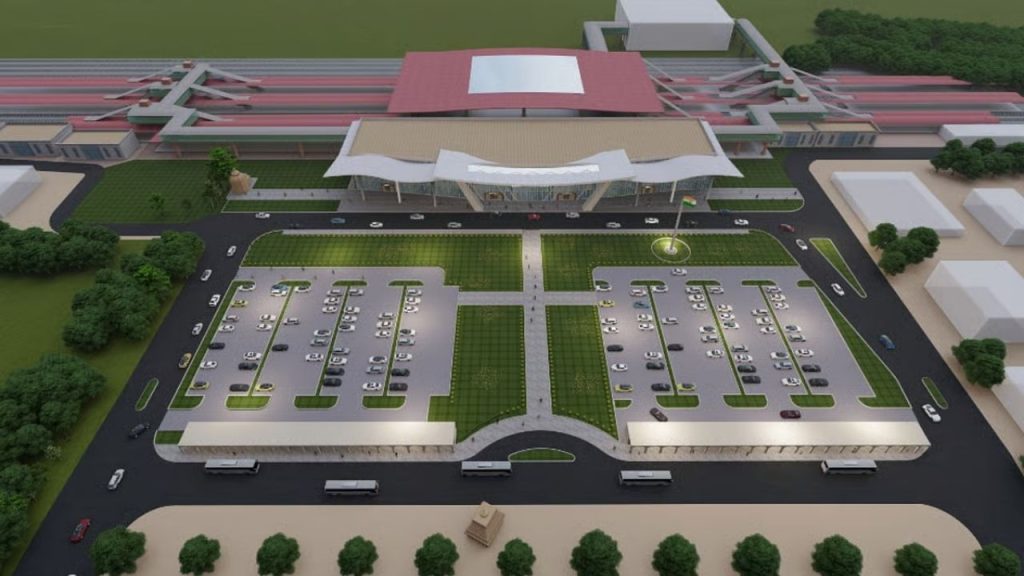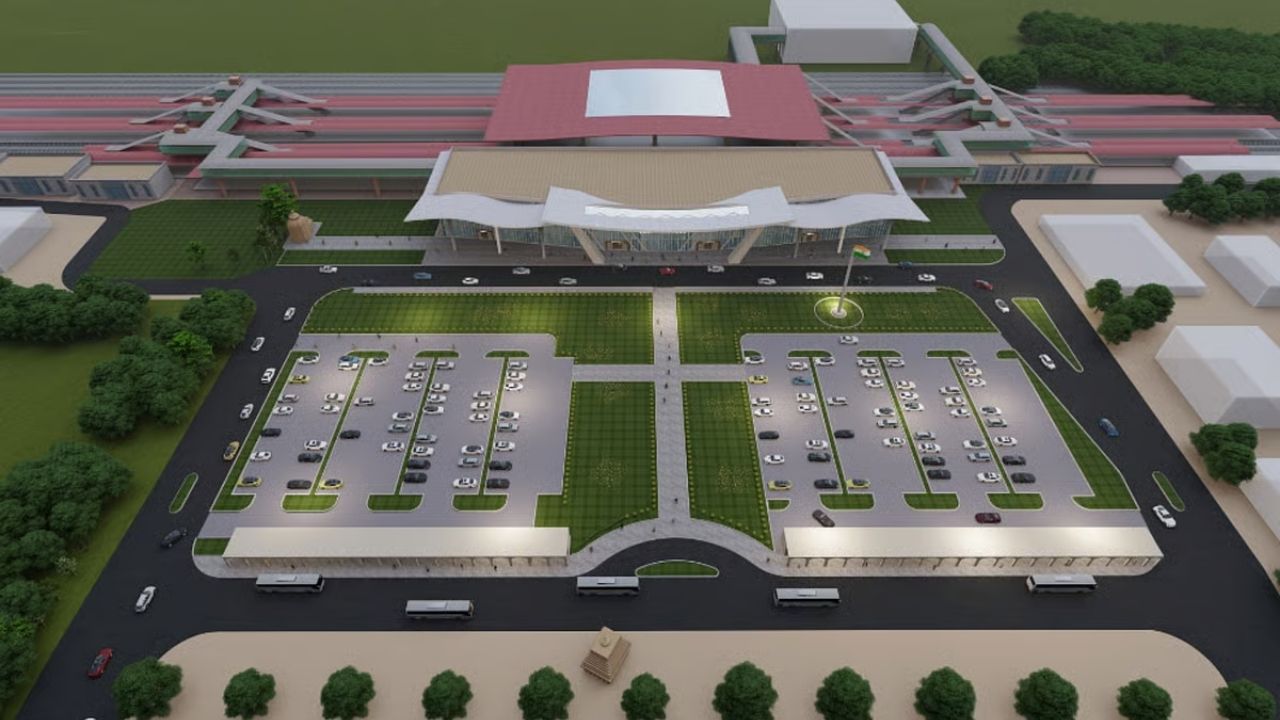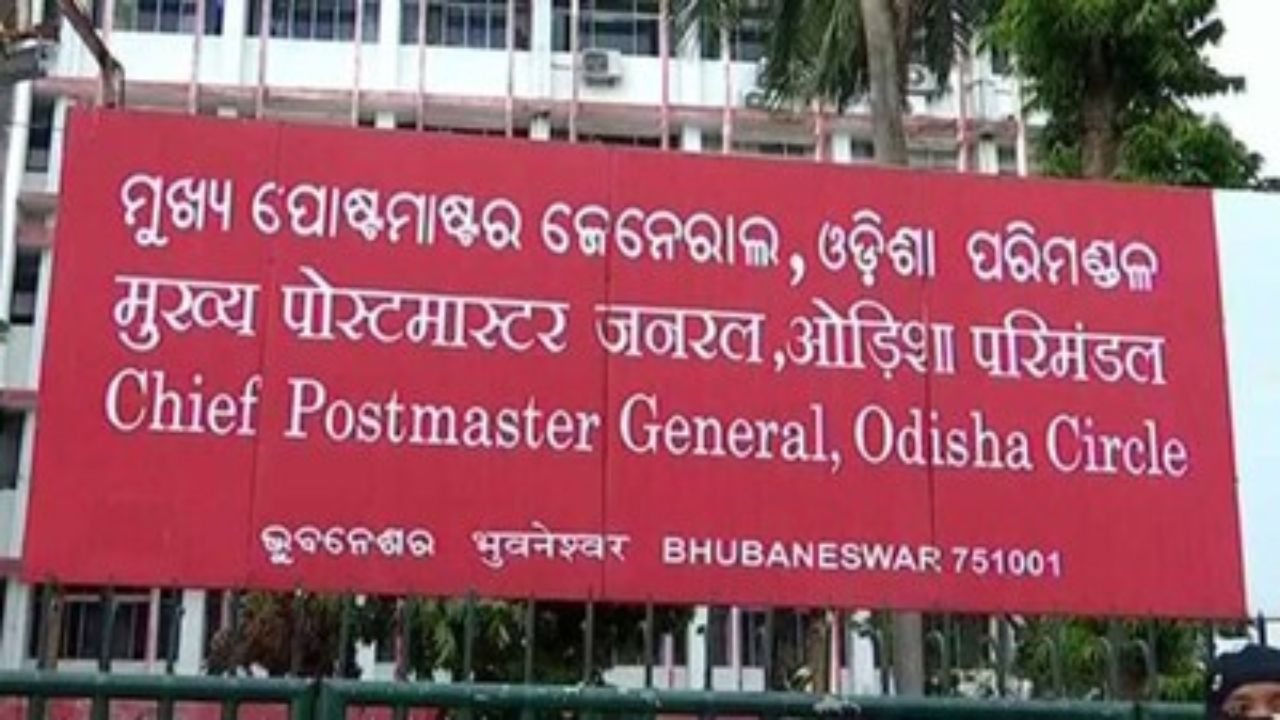The bustling city of Cuttack, located in the heart of Odisha, India, is about to witness a major transformation. The city, known for its rich history, culture, and vibrant economy, has long struggled with chronic traffic congestion. But now, with the launch of the ₹640 crore Elevated Corridor project, there’s hope for smoother, more efficient travel. This ambitious project promises to relieve traffic woes, boost connectivity, and play a crucial role in urban development.

Construction is set to begin soon, but before that happens, let’s dive into the specifics of the project, explore how it works, and why it’s so important for the future of Cuttack. Whether you’re a local resident, a commuter, a professional in urban planning, or simply curious about how infrastructure projects work, this article will give you all the insights you need.
Detailed Project Report Ready for Cuttack’s Elevated Corridor
| Key Information | Details |
|---|---|
| Project Cost | ₹640 crore |
| Length | Approximately 13 km |
| Route | From OMP Square to Kandarpur, along National Highway 55 |
| Project Features | Elevated flyovers, grade separators, integrated service lanes |
| Objective | To reduce traffic congestion, enhance safety, and reduce travel time |
| Expected Completion | Construction to begin soon; targeted to start groundwork by end of 2025 |
| Funding Source | Central allocation from the National Highway development budget for 2024–25 |
| Collaborators | National Highways Authority of India (NHAI) and state-level agencies |
| Official Website for Reference | Visit here for more details |
The Cuttack Elevated Corridor is much more than just an infrastructure project; it’s a vital step toward transforming Cuttack into a modern, efficient, and well-connected city. With smoother traffic, reduced congestion, and enhanced safety, this project will benefit not only the residents of Cuttack but also travelers and businesses in the surrounding region.
Though construction may take time and will come with some short-term disruptions, the long-term benefits far outweigh the inconvenience. Stay patient, plan ahead, and get ready for a future with easier commutes, reduced traffic congestion, and safer roads.
Why Cuttack Needs an Elevated Corridor
Before diving into the details of the project, let’s set the stage by understanding why this elevated corridor is so crucial for Cuttack.
Cuttack, like many rapidly growing cities, faces the challenge of urbanization. With an increase in population, vehicles, and industries, the city’s roads have become overcrowded. The OMP Square to Kandarpur route is one of the busiest areas in Cuttack, often experiencing severe traffic jams, especially during peak hours. The result? Increased travel time, frustration, air pollution, and safety risks for commuters.
The proposed elevated corridor will elevate traffic flow above ground level, minimizing congestion and ensuring a smoother ride across key intersections. It’s an essential step to not only improve transportation but also to enhance the overall quality of life for residents and travelers.

What’s Inside the Cuttack Elevated Corridor Project?
The Cuttack Elevated Corridor isn’t just about building another flyover. It’s a comprehensive solution designed to address multiple traffic-related issues and to support future growth. Here’s what’s in store:
1. The Design: A Game-Changer for Traffic Flow
The elevated corridor will span a distance of about 13 kilometers, stretching from OMP Square to Kandarpur along National Highway 55. It will feature elevated flyovers, grade separators, and integrated service lanes. This combination will allow vehicles to move freely at higher speeds without stopping at every intersection, bypassing traffic signals and reducing travel time.
What are Grade Separators?
Grade separators are essentially bridges or overpasses that allow different streams of traffic to move without intersecting. This means no more waiting at busy intersections or worrying about accidents from cars cutting across lanes.
2. Improving Road Safety
Safety is a top priority for any infrastructure project, and the elevated corridor will significantly improve road safety. By separating local traffic from main highways, the project will minimize accidents caused by congestion. The smoother flow of traffic will also make it safer for pedestrians, cyclists, and public transport users, as their risk of getting caught in heavy traffic will be reduced.
3. Economic Boost and Reduced Travel Time
Long commutes not only waste time but also money. For businesses, delayed deliveries can result in financial losses, while residents often have to spend valuable hours stuck in traffic. Once completed, the elevated corridor will cut down travel time dramatically, allowing residents to commute with ease and businesses to operate more efficiently.
4. Future-Proofing Cuttack’s Transportation Infrastructure
The elevated corridor is not just about solving present-day problems; it’s also designed with the future in mind. Cuttack is rapidly urbanizing, and it’s essential that the infrastructure can handle future demands. With increased road capacity, better traffic management, and a future-ready design, this corridor is a key step in preparing Cuttack for the years to come.
Breakdown of the Elevated Corridor Construction Process
Building an elevated corridor isn’t an overnight job. It’s a complex project that involves careful planning, coordination, and execution. Here’s a quick breakdown of the construction phases:
Phase 1: Detailed Project Report (DPR) and Approval
The project starts with the preparation of a Detailed Project Report (DPR). This document outlines the technical details, funding structure, and environmental impact. The DPR for Cuttack’s elevated corridor has already been completed. However, before construction can begin, the project needs final approval from the Ministry of Road Transport and Highways (MoRTH). Once approved, the project moves into the next phase.
Phase 2: Land Acquisition and Preparatory Work
Land acquisition is one of the most crucial steps. In an urban setting like Cuttack, acquiring land for such a large-scale project can be challenging. The authorities will need to clear any encroachments and prepare the ground for construction. This may involve relocating businesses, residents, or services temporarily.
Phase 3: Construction of Pillars and Elevated Road Structure
Once the groundwork is complete, the next step is the construction of pillars or support columns for the elevated road. These pillars will hold up the elevated road, which will be constructed in segments. This process is known as segmental construction. After the pillars are erected, the road is constructed piece by piece until the entire elevated section is completed.
Phase 4: Final Touches and Integration
After the core structure is built, the next task is to install road signage, lighting, and other essential safety features. The road will also need to be integrated with existing transportation systems, ensuring easy connections to other parts of the city. This phase also involves testing the drainage system to prevent flooding during heavy rains.
Practical Tips for Commuters: How the Elevated Corridor Will Affect You
If you’re a commuter in Cuttack, you’ll want to know how this project will affect your daily life. Here are a few things to keep in mind:
- Expect Traffic Disruptions During Construction: Like any major infrastructure project, the construction phase will bring some temporary road closures and detours. Plan your routes in advance and allow extra time for travel during the construction period.
- Public Transport Will Be Key: The elevated corridor will not only help individual car users but also provide better public transport access. The Odisha government has big plans to extend the Bhubaneswar Metro Rail project into Cuttack, which will complement the elevated corridor.
- Be Patient: Large-scale projects take time. While the project is expected to begin soon, construction could take several years to complete. But the end result will be well worth the wait.
Low Pressure Over Bay of Bengal Strengthens into Depression, Heavy Rainfall Expected in Odisha
Odisha Government Enforces New Rule on Outsourcing Appointments, Finance Department Must Approve
FAQs
Q1: How long will the Cuttack Elevated Corridor take to complete?
The project is expected to begin shortly, with groundwork slated to start by the end of 2025. The entire project could take several years to complete, with some parts opening sooner than others.
Q2: What are the benefits of an elevated corridor?
An elevated corridor reduces traffic congestion, improves road safety, cuts down on travel time, and boosts economic activity by providing smoother routes for businesses and residents alike.
Q3: Will there be an impact on local businesses during construction?
Yes, some businesses may face temporary disruptions during the construction phase, especially in areas where land acquisition or road diversions occur. However, the project will bring long-term benefits, including better access for customers.
Q4: Will the project affect the environment?
The project’s Detailed Project Report (DPR) includes an assessment of the environmental impact. Efforts will be made to minimize disruptions to local ecosystems and ensure sustainable construction practices.
Q5: How will this project help in Cuttack’s urban mobility plans?
The elevated corridor is part of a larger effort to modernize the city’s transportation network, including metro rail extensions and better-integrated transport systems, aiming to reduce traffic congestion and enhance mobility across Cuttack and Bhubaneswar.





